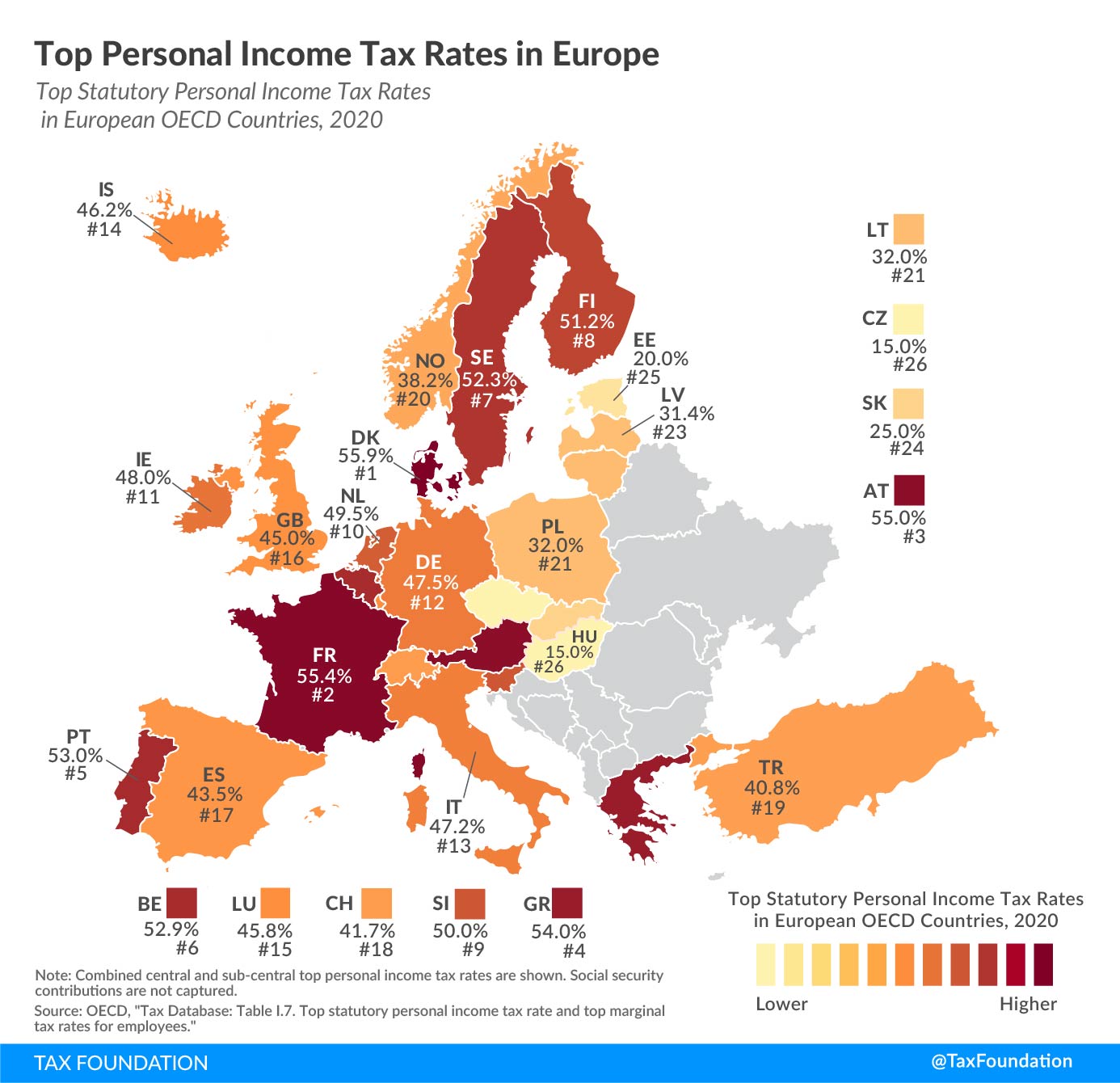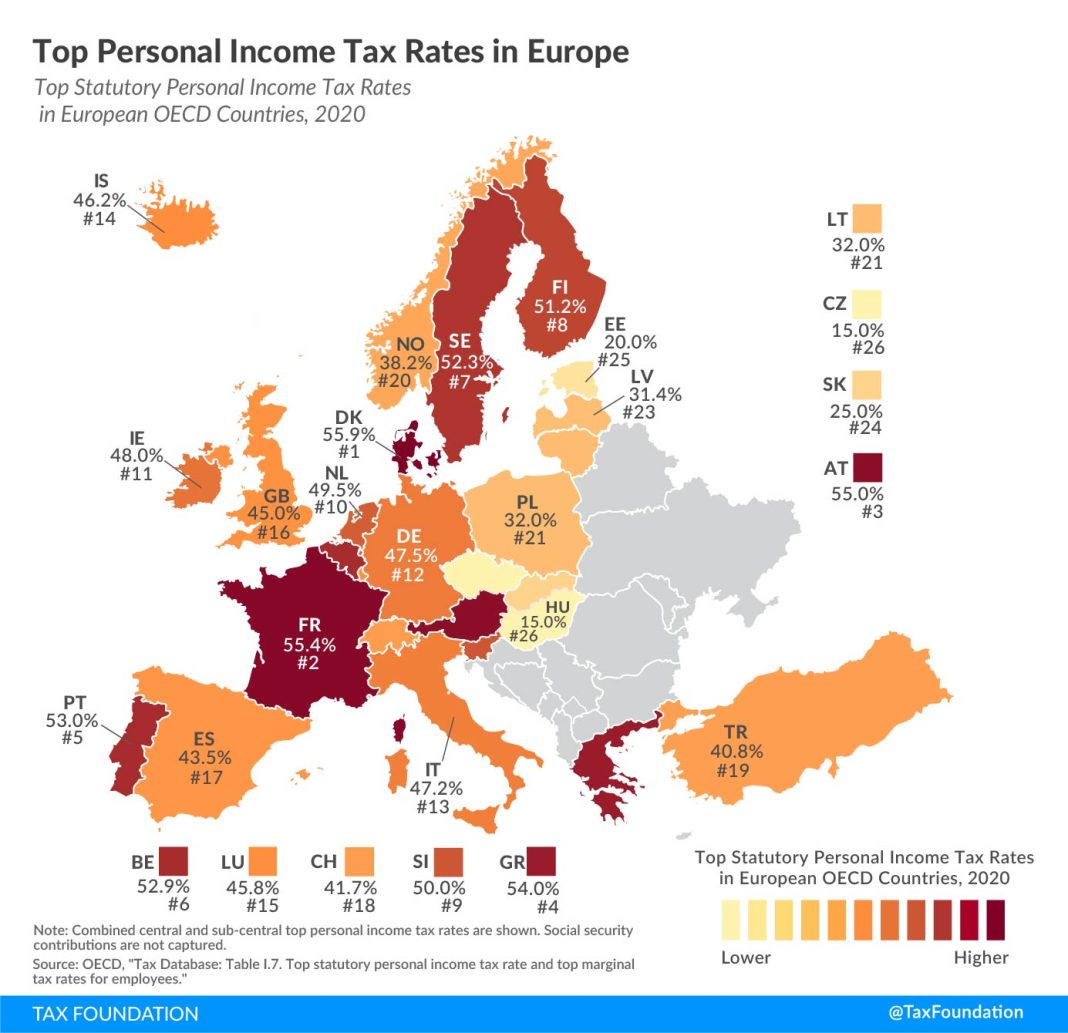 The UK is set to see a significant increase in the number of taxpayers liable to pay the top rate of income tax, with estimates suggesting that it will reach 1 million for the first time. This surge is due to more people being dragged into the higher tax bracket as a result of a freeze in tax thresholds. Figures published by HM Revenue and Customs (HMRC) reveal that the total number of taxpayers has also risen by millions over the past three years.
The UK is set to see a significant increase in the number of taxpayers liable to pay the top rate of income tax, with estimates suggesting that it will reach 1 million for the first time. This surge is due to more people being dragged into the higher tax bracket as a result of a freeze in tax thresholds. Figures published by HM Revenue and Customs (HMRC) reveal that the total number of taxpayers has also risen by millions over the past three years.
The threshold freeze, which began in April 2021 and is set to continue for another three years, allows HMRC to raise more taxes without increasing tax rates. Surprisingly, none of the political parties have mentioned a reversal of this policy in their campaign pledges. This means that the burden on taxpayers will continue to increase as their incomes rise naturally with inflation, pushing them into higher tax brackets.
According to HMRC estimates, the number of taxpayers in the “additional rate” bracket, which has a tax rate of 45 percent for part of their income, will reach 1.13 million in 2024/25. This is a substantial increase from the previous year’s figure of 950,000 and more than double the number in 2021/22. The amount of taxes paid by this group is estimated to be £124 billion this year, a significant 53 percent increase compared to £80.8 billion in 2021/22.
The total number of people paying income tax has also experienced a sharp rise, increasing from nearly 33 million in 2021/22 to over 36.2 million in 2023/24. This number is expected to reach 37.4 million this year, representing a 13.5 percent increase since the freeze on tax thresholds began. This increase has also contributed to a substantial 33 percent rise in total annual income tax revenue.
While population growth may have played a role in the increase in taxpayers, estimates from the Office for National Statistics suggest that the size of the workforce has only grown by around 2.2 percent since early 2021. Therefore, it is primarily the freeze in tax thresholds that is responsible for the significant rise in the number of taxpayers.
Furthermore, the number of pensioners who pay income taxes is projected to increase by more than a quarter, from 6.74 million in 2021/22 to 8.51 million in 2024/25. This highlights the impact of the threshold freeze on a vulnerable segment of the population.
The freeze on tax thresholds, which prevents them from rising in line with inflation, is scheduled to continue until 2027/28. This prolonged freeze will result in even more individuals being pushed into higher tax brackets, exacerbating the burden on taxpayers.
Although both major political parties have pledged not to raise headline tax rates if they win the general election, they have remained silent on unfreezing personal tax allowances and thresholds. According to Paul Johnson, director of the Institute for Fiscal Studies, this amounts to £10 billion a year. The lack of attention given to this issue suggests that taxpayers will continue to bear the brunt of rising taxes.
With the UK’s tax burden currently at its highest level in over 70 years, Chancellor Jeremy Hunt claimed earlier this year that the average earner in the country has the lowest effective personal tax rate in almost 50 years. However, it is crucial to note that top earners are shouldering the majority of the tax burden, while those in the bottom half are paying less. This trend is expected to persist, according to HMRC estimates.
In 2024/25, the top 1 percentile group is projected to earn 13.3 percent of the total income while paying 28.2 percent of income taxes. The top 10 percentile group is expected to earn 35.1 percent of the total income while paying 60.2 percent of income taxes. On the other hand, the bottom 50 percentile group is projected to earn 24.2 percent of the total income while paying only 9.5 percent of income taxes.
These figures highlight the unequal distribution of the tax burden in the UK, with top earners contributing a significant portion of income tax revenue. As the number of taxpayers liable to pay the top rate of income tax continues to rise, it is essential for policymakers to consider the impact on different income groups and ensure a fair and balanced tax system.


